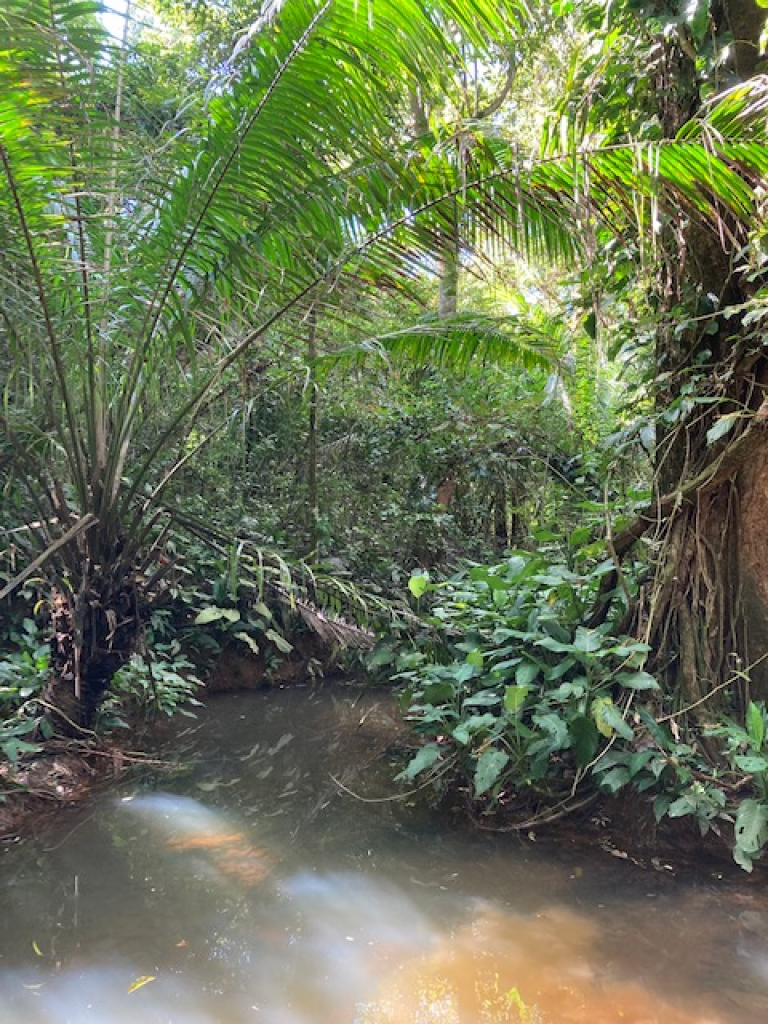Last week I wrote about biodiversity certificates, conservation bonds and impact investments. This week I look further into other examples of private finance for biodiversity such as biodiversity offsets, credits and conservation banking. I am also elaborating on the existing systems and methodologies for biodiversity services such as offsets and credits.
Biodiversity offsets
Biodiversity offsets are relatively common in many countries and are used to compensate for biodiversity loss with a goal to create a no net loss, or even a net gain of biodiversity often connected to land exploitation for building, mining and other activities with negative environmental impact. Biodiversity offsets are often a legal requirement in order to obtain for example an exploitation permit by a state agency.
The Business and Biodiversity Offsets Programme (BBOP) standard[i] principles are similar to those of carbon credits and are sometimes also used within voluntary activities for biodiversity restoration and protection. In order to understand if and how the BBOP principles may be adopted and used for voluntary biodiversity instruments, it is useful to understand what they are addressing. The basic principles of the BBOP are that there:
- Must be adherence to the mitigation hierarchy, i.e. appropriate avoidance of negative impact must be committed to, if not possible, then minimization and on-site rehabilitation of ecosystems must be carried out first.
- Are limits to what can be offset, i.e. an offset cannot fully compensate for all biodiversity loss.
- Is a landscape context, i.e. an offset should be designed and implemented in a landscape context.
- Should be no net loss, i.e. an offset should be designed and implemented to achieve an in situ, measurable conservation outcomes.
- Should be additional conservation outcomes, i.e. the offset should result in conservation outcomes above and beyond results that would have occurred if the offset had not taken place.
- Should be a science-based approach and a transparent process including all stakeholders. It should, moreover, be designed in an equitable manner, distributing risks and rewards in a fair and balanced way.
Climate,Community and Biodiversity Standard (CCBS)
Appart from the BBOP, which addresses biodiversity as an offset standard, the Verified Carbon Standard (VCS) has developed a Climate, Community and Biodiversity Standard (CCBS)[i]. The CCBS is a voluntary certification that carbon project developers for voluntary carbon markets can use to certify their carbon projects, in addition to the VCS. This has become increasingly sought after in recent years. However, a CCBS is not a specific biodiversity credit standard for biodiversity credits. The CCBS creates access to multiple-benefit projects which actively address environmental and social performance factors and thereby lowers project risks.
The CCBS has following features, much resembling those of the VCS standard:
- Additionality: the without-project land use scenario compared to the project scenario without which projected benefits would not have occurred.
- Stakeholder engagement: communities and stakeholders must be involved in the project through full and effective participation.
- Legal status and property rights: the land included in the project must comply with local legislation and have necessary approvals from appropriate authorities. (In carbon projects, ownership rights to credits created by the project, are with the land owner).
With respect to biodiversity the CCBS outlines following concepts:
- Description of the original biodiversity conditions (the without-project scenario), and
- Net-positive biodiversity impacts within the project zone, as the result of the project, during the project’s lifetime. This is determined by among other indicators:
- Estimated changes in biodiversity through assessment of predicted and actual (positive or negative) impacts, which must be based on clearly defined and defendable assumptions.
- Demonstrated net-positive changes in the project zone.
- Describing and evaluating offsite biodiversity impacts resulting from project activities.
- Biodiversity impact monitoring to assess the changes in biodiversity resulting from project activities, including a monitoring plan that identifies the biodiversity variables to be monitored, the areas to be monitored, the sampling methods and the frequency of monitoring and reporting.
FSC
In this context, the voluntary FSC procedure[i] [ii] to demonstrate ecosystem services should be mentioned. The purpose of the procedure is to credibly demonstrate verified impacts on ecosystem services and improve access to finance for validated ecosystem services. Impacts such as maintenance of an ecologically sufficient conservation network, conservation and restoration of natural forest characteristics and conservation and restoration of species diversity are elements with bearing on biodiversity which the procedure elaborates on for use of ecosystem claims. An organization may verify impact claims and use it to promote FSC certified forests, products or to promote financial sponsorship of verified ecosystem service impacts. However, the FSC ecosystem services procedure does not result in a tradable certificate, credit or offset.
Conservation banking
Species conservation banking started in 1995 in the US as an innovative financing alternative for creating species conservation through offsets for species loss. It has been seen as an “extention” of offsets where specific species credits are created to offset negative impact of various land use exploitations. Species banks are areas of land conserved and managed under the Endangered Species Act and approved by federal and state-level Fish and Wildlife Services. Federal and state biodiversity protection laws are driving the demand for species conservation. Credit prices vary depending largely on demand and supply factors and are negotiated on a per-case basis. Data on sales volumes and prices are not public.
The lack of transparency and information reduces potential for policy and practice improvements. Conservation banks seem not to address the landscape context, mitigation hierarchies as well as additionality and quality indicators in the same detail as the BBOP39.
The driver for conservation banks has been the regulated need for biodiversity offsets. However, this system has contributed to development of privately financed ecosystem of businesses and services, necessary to provide capital for land acquisitions, investments into restoration and conservation activities as well as for advanced competence necessary for project management, which in itself is becoming an investable busness.
Biodiversity services methodologies
It is clear that there actually are no methodologies or protocols for voluntary crediting of biodiversity. The existing models, which indeed are valuable, do not allow for structured approach to crediting. Since projects are designed in a variety of ways, even though they might be using important elements from BBOP or CCBS, it is impossible to compare various initiatives’ outputs in terms of biodiversity net-gain and cost efficiency.
[i] FSC, Ecosystem Services, https://fsc.org/en/for-forests/ecosystem-services
[ii] FSC Ecosystem Services Procedure, https://fsc.org/en/document-centre/documents/resource/316
[i] Verified Carbon Standard (VCS), CCB Standards, Third Edition, The Climate, Community & Biodiversity Standards (2017).
[i] Business and Biodiversity Offests Programme (BBOP) (2012). Standard on Biodiversity Offsets.https://www.forest-trends.org/wp-content/uploads/bbop/bbop_standard_on_biodiversity_offsets_1_feb_2013-pdf.pdf




